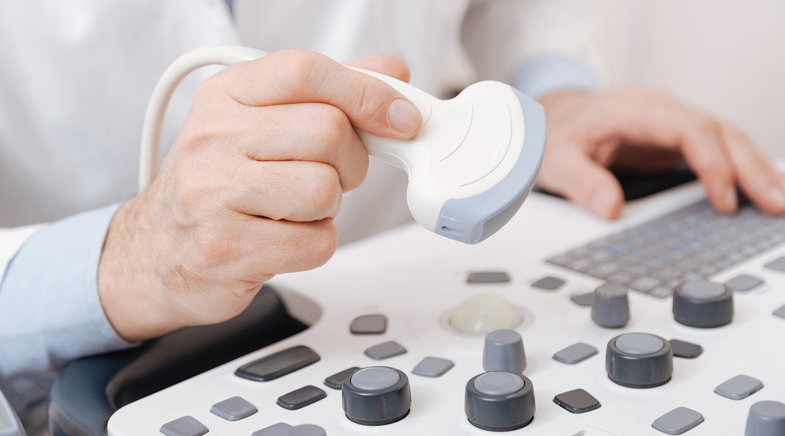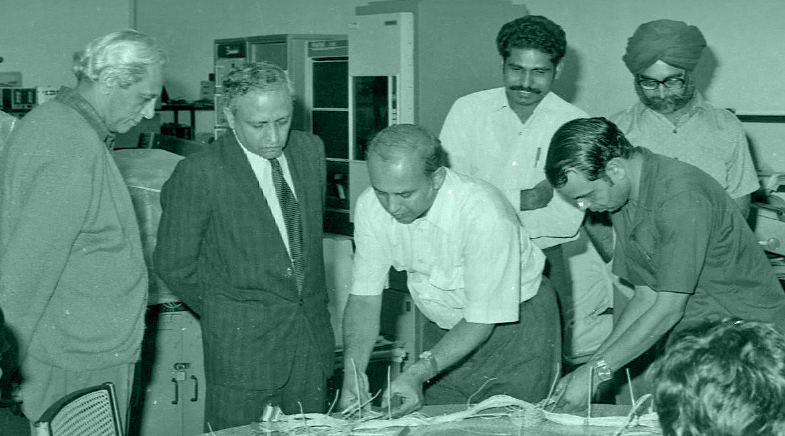Triggering brain, heart cells with sound waves
-
- from Shaastra :: vol 01 issue 02 :: Mar - Apr 2022

Doctors in the near future may use ultrasound waves in place of invasive procedures such as deep brain stimulation, used for treating Parkinson's or epilepsy, and to replace implants such as pacemakers or insulin pumps.
Researchers at Salk Institute for Biological Studies at La Jolla, U.S., led by neuroscientist Sreekanth Chalasani, demonstrated that ultrasonic waves can activate mammalian cells such as brain, heart and insulin-secreting cells. Ultrasonic waves are sound waves whose frequencies are higher than those of waves normally audible to the human ear, and are widely used in diagnosis.
About a decade ago, Chalasani, an Associate Professor at the institute's Molecular Neurobiology Laboratory, proposed the use of ultrasonic waves to stimulate specific groups of genetically marked cells, calling it "sonogenetics".
"We have been pioneering a new field where we use ultrasound to manipulate specific cells within the brain. We identified a protein that makes a cell sensitive to ultrasound. Since ultrasound is non-invasive, we can now control that cell from outside the body without any surgery," he says.
In 2015, his group demonstrated that a protein called TRP-4 could make cells in roundworms (Caenorhabditis elegans) sensitive to low-frequency ultrasound. When the researchers added TRP-4 to C. elegans neurons - which usually do not have the protein - they found they could activate these brain cells with a burst of ultrasound.
This is not the first time that ultrasound has been used to stimulate neurons. "We have known for about two decades that ultrasound can affect neurons; the underlying mechanisms (however) were controversial," Chalasani says.
In a study published in the journal Nature Communications in February, his team showed that the technique could work in mammalian cells too. Using a gene therapy approach, the team added the genes coding for the human TRPA1 protein to a specific group of neurons in the brains of living mice. When they subsequently administered ultrasound to the mice, only neurons with the TRPA1 genes were activated.
The most challenging task for the scientists was identifying a protein that imparted ultrasound sensitivity to targeted cells. "We spent about 18 months testing approximately 200 proteins to find one that was ultrasound-sensitive," Chalasani adds.
"Our idea was that sound is mechanical, and so ultrasound-sensitive proteins would be mechanosensitive. So, we generated a library of 200 mechanosensitive proteins and screened those to find the one that was ultrasound-sensitive," he explains.
According to Chalasani, to translate this to humans, they need to find a way to deliver the protein to the target cells (perhaps using some kind of a viral vector) and they may also need to re-engineer ultrasound transducers to deliver appropriate stimuli. Much to their surprise, the protein TRPA1 confers ultrasound sensitivity to multiple cell types in mammals such as neurons, fibroblasts, muscle and insulin secreting cells.
"This method has the potential to replace deep brain stimulation, pacemakers or insulin pumps in humans. All these devices require surgery and have implants. If we can deliver our protein to the relevant cells, we can manipulate them from outside the body without surgery," Chalasani, who did his undergraduate studies at the University of Osmania in Hyderabad, adds.
Have a
story idea?
Tell us.
Do you have a recent research paper or an idea for a science/technology-themed article that you'd like to tell us about?
GET IN TOUCH














